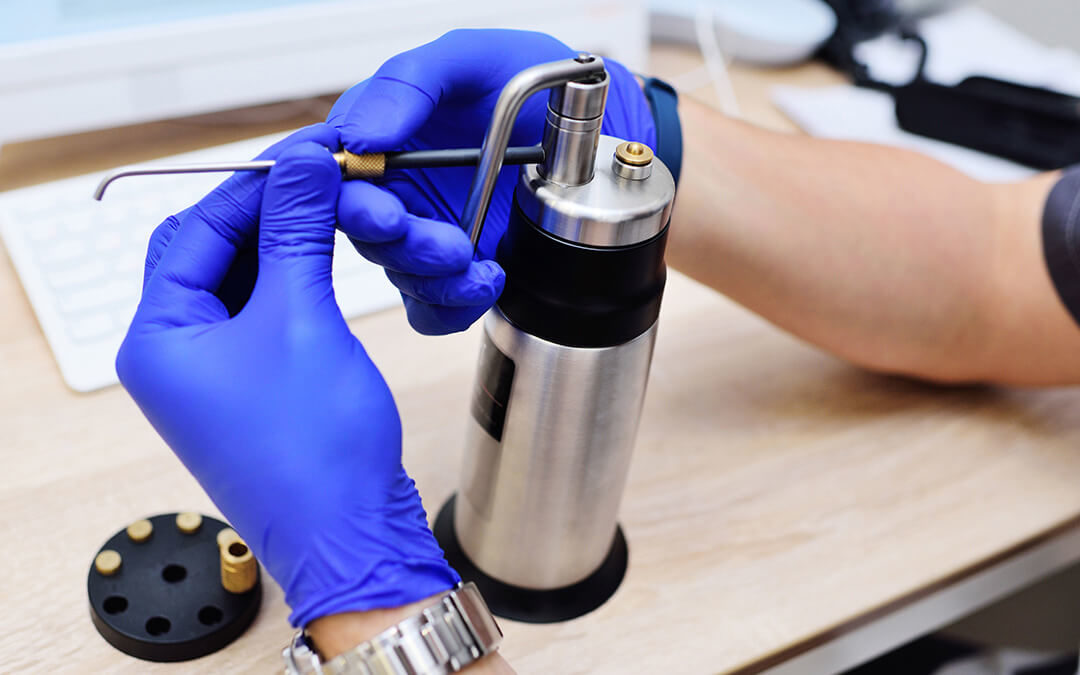
September 16, 2024
Cancer Malignancy Skin Cancer Symptoms
Melanoma Signs And Reasons Given that freckles are generally safe, there is no need to treat them. Similar to several skin conditions, it's best to prevent the sunlight as much as possible, or utilize a broad-spectrum sun block with an SPF (sunlight defense variable) of a minimum of 30. This is especially crucial due to the fact that people who freckle easily (for instance, lighter-skinned individuals) are more likely to get skin cancer. Any modification in dimension, shape, shade or altitude of a spot on your skin, or any type of brand-new signs and symptom in it, such as blood loss, itching or crusting, might be an indication to see your physician.Benefits Of Morpheus8 For Skin Tightening
Model's sunbed warning after sharing pictures of surgery to remove moles - Manchester Evening News
Model's sunbed warning after sharing pictures of surgery to remove moles.
Posted: Thu, 01 Feb 2018 08:00:00 GMT [source]
- The root cause of a new mole that shows up in the adult years isn't well recognized.
- When the skin is exposed to UV rays, melanocytes produce a protective, skin-darkening, pigment called melanin.
- These moles are a little more probable to develop into cancer malignancy (cancer cells) than are moles that appear after birth.
- And most melanomas do not begin as common moles or dysplastic nevi (2 ).
- Bigger skin tags are commonly best removed by trimming them off with a surgical blade.
When Should You See A Skin Specialist For A Mole?
The sun exposure can happen throughout youth or young the adult years and just much later lead to skin cancer cells. If members of your family have a great deal of irregular moles, you might have familial atypical multiple mole melanoma (FAMMM) disorder. Your danger of melanoma is 17.3 times greater that people who do not have FAMMM syndrome. This article will certainly explore why new moles appear, when to be fretted, and how Valley Skin Institute can help. BRAF mutations are understood to be involved in melanoma. But the molecular procedures involved in changing a benign mole to a malignant mole aren't yet recognized. Because of their look, irregular moles have actually been identified as the "ugly ducklings" of moles. These moles are called birthmarks and differ extensively in dimension, shape, and shade. Typical moles have a distinct border dividing the mole from the surrounding skin. They're oblong or rounded and generally smaller than 1/4 inch (regarding 6 millimeters) in size. The very first sign of cancer malignancy is frequently a mole that transforms size, form or color. This cancer malignancy reveals shade variations and an uneven border, both of which are cancer malignancy warning signs. Moles take place when cells in your skin expand in a collection rather than being spread out throughout the skin. When a sore comes to be dysplastic, this is an indicator that it contains irregular cells or may be going through unusual advancement. A mole coming to be dysplastic may indicate the development of melanomas or carcinomas (cancerous cells). As a result, the appearance of moles can alter gradually. They can alter in number and look and can additionally fade away. The color of regular moles is generally uniform throughout. You must take notification if you have a mole with a mixture of colors or if a mole has a splotchy appearance. Contact us right away if your mole begins to hemorrhage or ooze. Relying on what they see, they may carry out a skin biopsy. This is the only way to definitively find out whether a mole is cancerous. Moles are available in various dimensions, textures, and shades. Off-and-on shaped moles with more shades have a better possibility of being cancerous. It is essential to speak with a doctor if a mole's look adjustments, if it comes to be uncomfortable, or if you're not exactly sure whether it's benign. Skin changes as you get older and are revealed to sunshine, health problems, injury, and various other environmental adjustments. As you age, your moles might come to be lumpier or slightly larger over a long period of time. Although these modifications aren't appealing, they're just component of the typical development of a mole. Skin cancer cells is most common in sun-exposed areas of your body, however some skin cancers aren't straight related to the sunlight. The cancer cells could form a mass called a growth. Just like lots of clinical conditions, family members background counts. If a close blood family member had melanoma, you're at risk, also. Experienced skin specialist, Vicki Rapaport, MD, of Rapaport Dermatology in Beverly HIlls, The golden state, desires you Check out the post right here to know the signs of cancer malignancy. She recommends checking your moles on a monthly basis as part of your general self-care routine and getting an annual skin cancer cells screening. Melanoma is a sort of skin cancer cells that starts in melanocytes. It is possibly hazardous since it can invade nearby tissues and infected other parts of the body, such as the lung, liver, bone, or brain.Can a mole be uncommon however not malignant?
Some irregular (in addition to typical) moles can become melanoma, however the majority of atypical moles will certainly never ever transform to cancer. Actually, cancer malignancy is most likely to develop as a new, uncommon spot on normal skin, unassociated to moles. Therefore, having actually moles eliminated will certainly not stop cancer malignancy.
Social Links